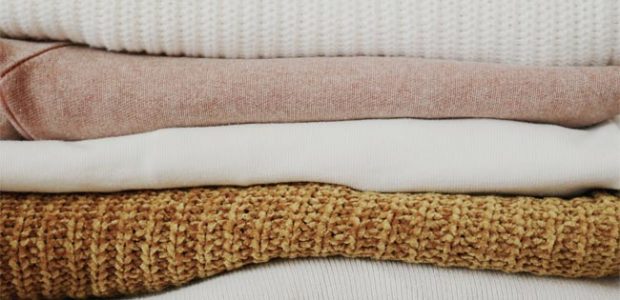
Not all fibers are created equal. Wool tends to be warmer than the others, as well as more absorbent. Cotton breathes better. Silk is famous for how luxurious and soft it feels. Polyester is known for its ability to resist staining. Each of these fibers has properties that make it distinct from others, which make them appear to be better choices for some functions than others.
Of course, these fibers do have a few things in common. For starters, they can all be put through an Xdknitmachinery knitting machine. They’re all used in various articles of clothing, in a wide range of styles and patterns. There are also certain physical elements in common, though they tend to display these in varying degrees. What are these?
Fiber Strength
One of the key properties of any fiber is strength. It should be able to take punishment and strain because it will be put through a lot of it. In this regard, synthetic fibers have a tendency to be stronger and more cohesive than most natural fibers. The exception is silk, which is famously very strong once properly processed.
Some textile companies decide to strengthen natural cotton by blending it with a synthetic fiber. This improves the overall strength without sacrificing the comfort and other properties of the cotton. As you can expect, this is what is known as a cotton blend.
Reactions to Temperature
The melting point is also a concern, but more so for synthetic fibers. Simply put, high temperatures are something synthetics are vulnerable to. Given enough heat, they will start melting or burn. In contrast, natural fibers are able to withstand much more extreme heat and are less flammable.
On the opposite end of the temperature scale is thermoplasticity. This is the point in a low-temperature scenario where the material goes stiff. Each fiber has this at a different point. Most natural fibers take a very low temperature to get stiff, and cotton, in particular, is known for remaining flexible and soft no matter what.
On the other hand, synthetic fibers don’t have the same luxury. Nylon and polyester tend to go stiff if it’s cold enough. You can tell by the crisp sounds they make as you move around.
Stretching and Elasticity
Stretching is also important. Not all fabrics stretch too well. Silk, for instance, isn’t particularly known for its elasticity. However, this is something that can be compensated for. Knitting a fabric provides it more flexibility and elasticity than simply weaving it, which is one way to counter a lack of stretch in the base fibers.
Biodegradation
Biodegradation is important, especially in these environmentally-conscious times. Natural fibers decay, of course. They take a while, but they do break down over time. The problem here is that synthetic fibers don’t, due to their plastic content. They can theoretically stick around forever, taking up space and being an environmental hazard. This, along with the release of potentially toxic chemicals from decaying natural fibers, is what prompted the start of textile recycling.
Absorbency
There is also absorbency. This is the fiber’s ability to absorb and retain water, rather than repel it or let it slide off. Natural fibers, particularly pure cotton, have a high absorbency. If they get wet, they’re going to stay wet. This can be problematic since this also makes them somewhat prone to staining if you don’t act quickly to remove the source before it can sink in.
In contrast, synthetic fibers are manufactured from oil-based products. Oil and water don’t mix, so synthetics don’t retain water. While they do get wet, they dry much faster and have poor water retention. To some degree, this also makes them resistant to stains from liquid sources.
Distortion
Distortion is also important. Some natural fibers tend to shrink when washed, which is a well-known issue. It doesn’t happen all the time, but often enough that it’s an accepted possibility. Synthetic fabrics don’t distort or shrink in the wash, which is a major benefit.
Comfort
Finally, there is the matter of comfort. Whether one is wearing them, lying on them, or just being wrapped in them, comfort is important to a textile. Different fibers offer different sensations, such as the luxury and smoothness or the familiar warmth and softness of cotton. Natural fibers tend to feel better on the skin for most people.
However, this is not necessarily true for synthetic fibers. While they can be comfortable to wear, synthetics are a poor choice for anything intimate. They can become uncomfortable over time, particularly because they don’t naturally flow with the body. Undergarments, bed sheets, and sleepwear are not something you’ll often see made of synthetic fabrics.
Conclusion
There are numerous fabrics out there. Rayon, polyester, cotton, silk, and more. Each of these has its own strengths and weaknesses, as well as properties in common that people use as points of comparison. Strength, elasticity, reactions to temperature, and others are all crucial properties that can differentiate the fibers.
